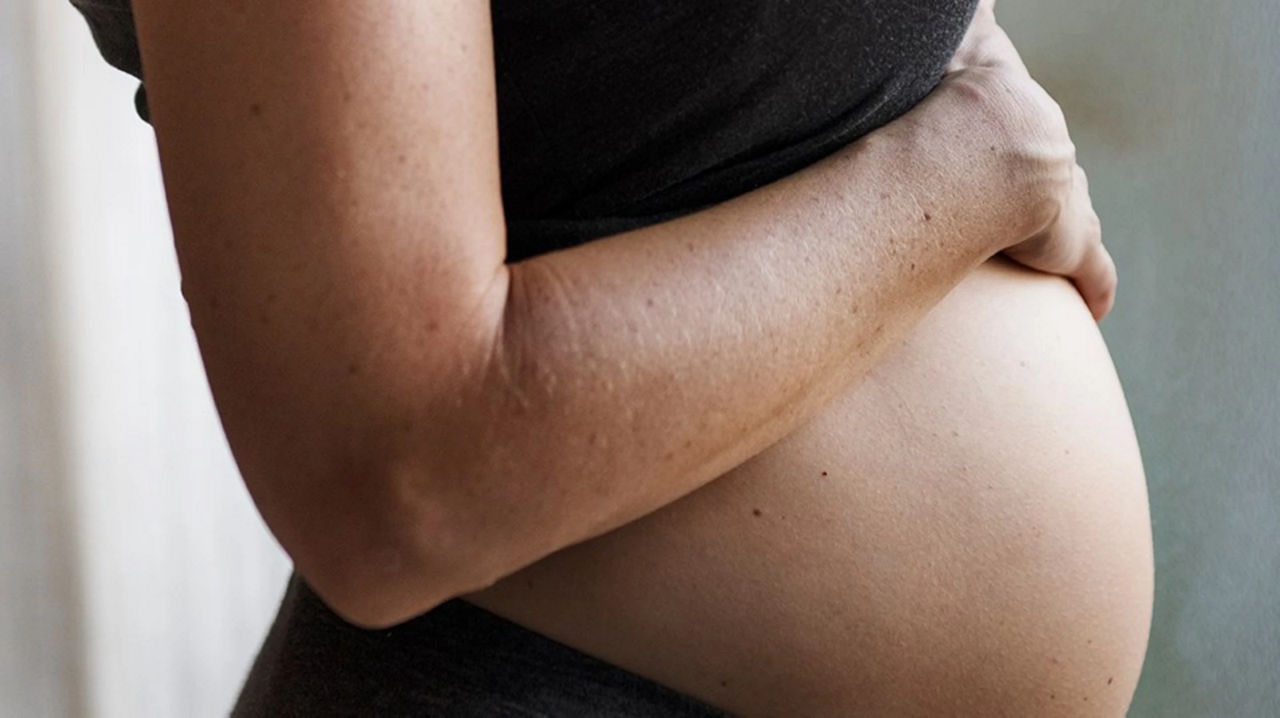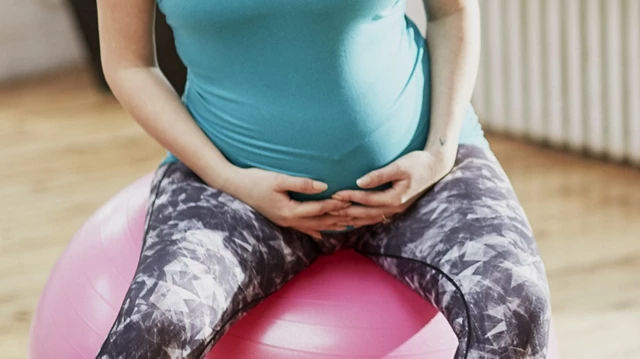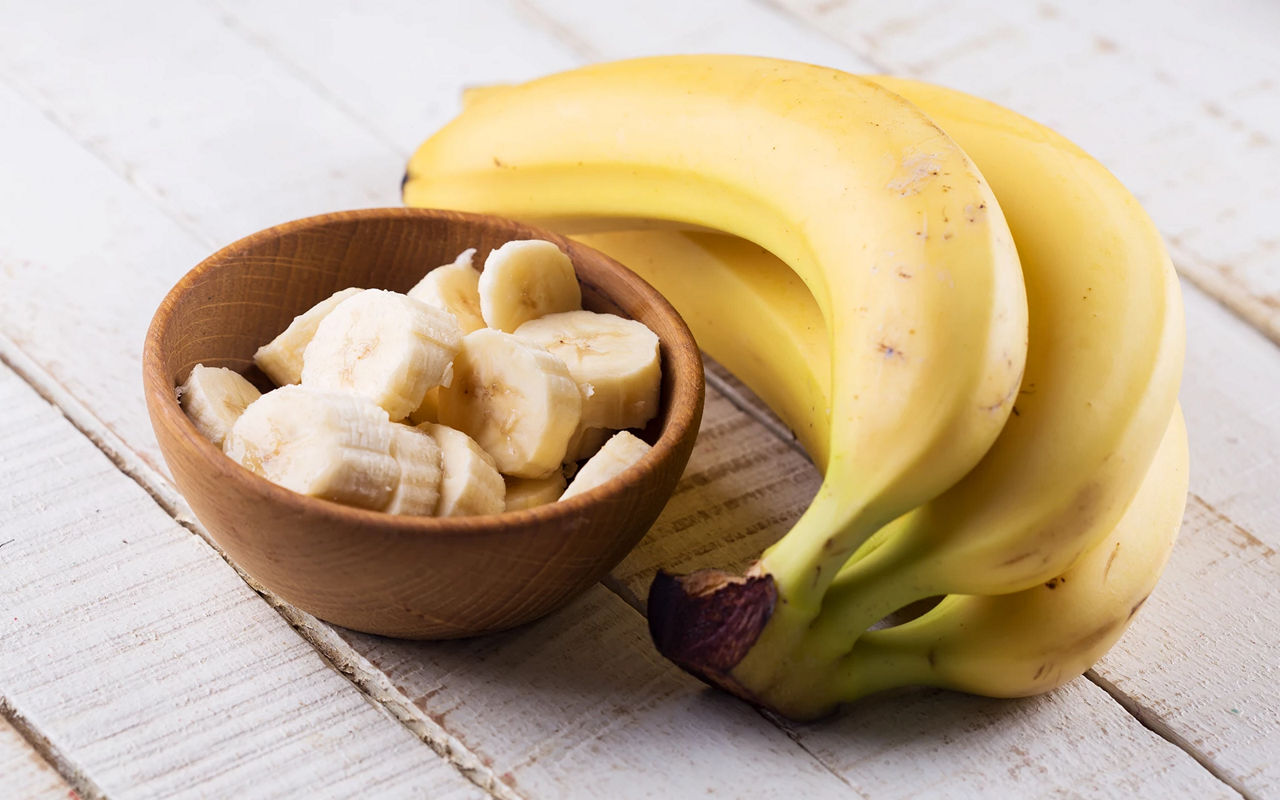Pain Relief in Labour
Count to ten
Understand your options
Giving birth is a unique experience and it’s impossible to predict how you will feel physically. Some level of discomfort is to be expected but if things go beyond your expectations, it’s reassuring to know pain relief is available. Understanding different methods of pain relief and when they might be administered should make your labour more bearable.
Moving around, staying calm, having a warm bath or shower, or asking your partner to give you a massage may all help you to feel more comfortable1.

TENS machine
- Helps reducing pain signals from reaching your brain
- Especially effective in the first stages of labour (not beneficial during strong labour2)
- Helps your body produce ‘feel-good’ endorphins
- Can be controlled to match pain levels
- No known side effects on the baby or mum
TENS machines are sometimes available in hospitals, if not, you can hire them online and from chemists − make sure you get a machine specifically designed for use in pregnancy, not just for general pain relief. It can take some time before you really feel the benefits – so start using it as soon as you go into labour. It can also help soothe backache towards the end of pregnancy.
Gas and air
- A mixture of air and nitrous oxide (laughing gas)
- Can reduce the pain and make it more bearable.
- Easy to use
- Can make your mouth a little dry and cause nausea while inhaling
- No known effects on the baby
Sometimes known as Entonox, gas and air is administered orally and can be used at home during births or combined with other pain relief in labour. To feel the effect when you really need it, inhale as soon as you get a contraction. It works best with slow, deep breaths.
Water
Even if you don’t want a water birth, warm water (kept at around body temperature), can help you relax and soothe painful contractions1. Ask your midwife if you can use a birth pool or alternatively have a bath or stand (sit or squat!) under a warm running shower.

It’s best to keep an open mind when it comes to pain relief. I hated the thought of pethidine, but during my long labour it actually gave me the rest I needed to be able to push my baby out.
Intramuscular injection
- Helps to take the edge off pain rather than removing it
- Helps you feel more relaxed – you may be able to sleep in-between contractions
- Needs about 20 minutes to take effect and can last 2–4 hours
- Can make you feel sick
- Can make the baby sleepy and interfere with its breathing and initial breastfeeding
This method of pain relief in labour involves injecting a drug, such as pethidine or diamorphine, into your thigh or buttock. As it can make you nauseous, it’s often given with an anti-sickness drug at the same time. Due to the possible side effects on your baby, it is not usually given if your midwife thinks you will deliver quickly1. And if you are still feeling the effects towards the end of labour, you may find it more difficult to push.
Epidural
- A local anaesthetic injected into the lower back
- Has a timed or controlled release
- Takes pain away and leaves you with a clear head to focus on labour
- Has very few complications but can cause side effects such as shivering, low blood pressure and, in rare cases, bad headaches.
Epidurals are only available at hospitals and are usually administered once the cervix is dilated to around 5 or 6cm and there are strong contractions. This type of traditional epidural may leave you with no feeling in your legs, depending on the local anaesthetic used, so you’ll be bed-bound and may need help timing your pushes during the delivery.
Mobile epidurals
Most hospital units now use mobile epidurals – also known as walking epidurals. Unlike the more traditional epidurals, mobile epidurals leave you with some feeling in your legs1 and perineal area, so you are more able to sense when to push and walk around if desired.
Whatever your pain relief preference, always discuss the options with your midwife and remember to check that your hospital provides the option you want.
Next steps
- If you’re planning a home birth, ask your midwife about the types of pain relief available to you.
- If it’s a hospital birth, ask if there will be a bath or shower readily available.
- Ensure you include your pain relief preferences in your birth plan.
related articles
Read more

Need some help?
You can get quick answers to common questions in our FAQs.
Alternatively, if you need help with general pregnancy or baby advice, or maybe on using or ordering our products - our expert team are always on hand to talk about feeding your baby.
- NHS. Pain relief in labour. [Online]. 2020. Available at https://www.nhs.uk/pregnancy/labour-and-birth/what-happens/pain-relief-in-labour/ [Accessed July 2021]
- NCT. Labour pain relief: TENS machine. [Online]. 2019. https://www.nct.org.uk/labour-birth/your-pain-relief-options/labour-pain-relief-tens-machine [Accessed July 2021]
- NCT. Labour pain relief: epidurals and combined spinal epidurals. [Online]. 2019. https://www.nct.org.uk/labour-birth/your-pain-relief-options/labour-pain-relief-epidurals-and-combined-spinal-epidurals [Accessed July 2021]
Last reviewed: 28th July 2021
Reviewed by Oriana Hernandez Carrion








